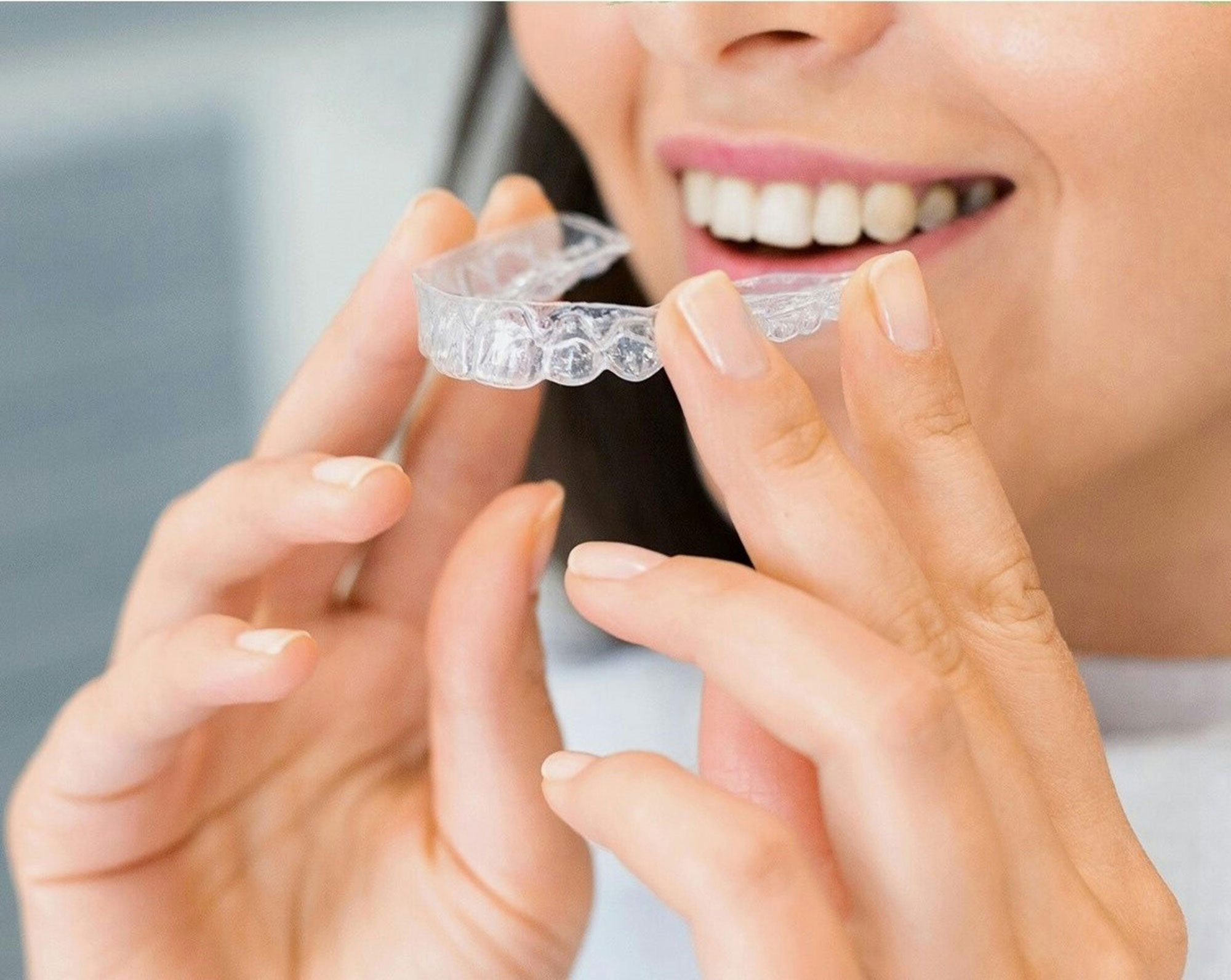Using Your Own Tooth for Bone Graft
Posted by Seattle Dental Care - Biological Dental Care Nov 25, 2024

Using Your Own Tooth for Bone Graft
- Why Choose Autologous Bone Grafts?
- What Is an Autologous Bone Graft?
- Benefits of Using Autologous Bone Grafts
- Risks Associated with Donor Bone Graft Material
Why Choose Autologous Bone Grafts?
Is it possible to use your own tooth during bone graft therapy? Bone grafting is a critical step in many dental procedures, particularly in cases involving dental implants, bone loss, or other structural deficiencies. The choice of graft material can have a significant impact on the success of the procedure. While donor bone graft materials are commonly used, autologous bone grafts—those harvested from the patient’s own mouth or tooth—offer distinct advantages that align with the principles of biological dentistry.
What Is an Autologous Bone Graft?
An autologous bone graft uses bone taken from another part of the patient such as jaw or chin. Many times this process can be invasive and expensive. For the patients who are immunocompromised, Seattle Dental Care offers an alternative solution – using your own extracted tooth as bone graft. This new technology has saved many pat This approach ensures the graft material is 100% biocompatible, as it originates from the patient’s own tissue. Autologous bone grafts are especially beneficial in dental procedures requiring substantial bone regeneration, such as implant placement or periodontal surgeries.
Benefits of Using Autologous Bone Grafts
- Eliminates Risk of Rejection Since the graft material is sourced from the patient, there is no risk of immune rejection. This ensures a higher likelihood of integration with the existing bone, promoting faster healing and long-term success.
- Faster and More Reliable Integration Autologous bone contains living cells, growth factors, and proteins essential for bone regeneration. This enhances the natural healing process and promotes stronger integration with the surrounding bone compared to donor materials.
- No Risk of Rejection Donor bone graft materials carry a minimal but real risk of transmitting infections or diseases, despite rigorous screening and sterilization processes. Using autologous bone eliminates this concern entirely.
- Improved Vascularization Autologous grafts encourage the formation of blood vessels within the grafted area, which is essential for long-term stability and regeneration of healthy bone tissue.
- Reduced Inflammatory Response Donor bone graft materials may provoke a mild inflammatory response as the body works to adapt to the foreign material. Autologous bone is 100% from patient’s DNA which is fully compatible, minimizing inflammation and reducing postoperative discomfort.
- Long-Term Success Rates Procedures using autologous bone grafts typically have higher success rates due to their superior integration and regenerative properties. Studies indicate that autologous grafts offer predictable and reliable outcomes for implant stability and bone regeneration.
Risks Associated with Donor Bone Graft Material
- Potential for Rejection Although donor bone grafts undergo strict sterilization processes to remove infectious substances, minimal proteins may still remain. Since these proteins are not naturally produced by the recipient's body, there is still a risk of rejection with non-autologous bone grafts.
- Lack of Living Cell Donor bone grafts, sourced from human or animal origins, are processed to ensure safety, but they lack the living cells and growth factors found in autologous grafts. This can lead to slower integration or, in rare cases, graft failure due to immune rejection.
- Weaker Integration The absence of living cells and growth factors in donor bone means it relies on the patient’s body to adapt and grow new tissue around it. This process can take longer and may be less reliable than with autologous bone.
- Lower Success Rates The success rates of donor bone graft materials are generally lower compared to autologous grafts. Studies suggest that procedures involving donor grafts may face higher risks of complications, particularly in cases where the patient has underlying health conditions or compromised healing ability.
Why Choose Autologous Bone Grafts?
For patients seeking a more natural and predictable approach to dental bone grafting, autologous bone grafts are often the preferred choice. They align with biological dentistry’s focus on using the body’s natural healing mechanisms to achieve optimal outcomes. While donor bone grafts may still be a viable option in certain situations, the risks of rejection, infection, and slower healing make autologous grafts the gold standard for many patients.
If you’re considering a dental procedure that requires bone grafting, talk to your biological dentist about the possibility of using an autologous bone graft. With higher success rates, fewer risks, and better long-term outcomes, autologous grafts offer a safer and more natural solution for rebuilding and regenerating bone in the oral cavity. A tailored approach to your dental care can ensure the best possible results for your oral and systemic health.
MON - SUN 8:00 am - 5:00 pm
2107 Elliott Ave Ste 210,
Seattle, WA
Phone : (206) 728-1330Text Us : (206) 728-1330




